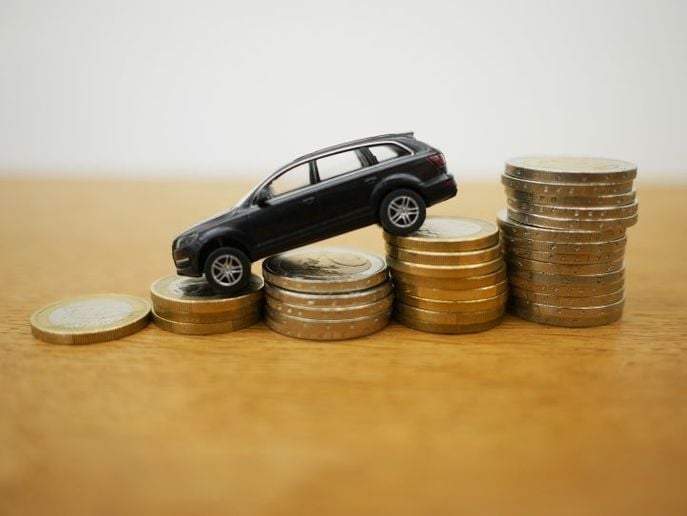
Millennial and low-income borrowers’ delinquency rates have worsened more than other groups.
IMAGE: Pixabay/Raten Kauf
U.S. Auto loan delinquencies are rising, particularly among young borrowers, and eclipsing prepandemic levels.
On an annualized basis, nearly 8% of auto loans fell into delinquency in the fourth quarter, the Federal Reserve Bank of New York said.
Auto loan debt in a state of serious delinquency, which the bank defines as 90 days or more, was at about 2.7%, up from 2.2% a year earlier. It was up by $12 billion from the third quarter and by $55 billion year-over-year to $1.6 trillion.
The bank said auto loan debt has been growing steadily since 2011, rising higher during the pandemic when vehicle prices jumped and loan balances for them “ballooned,” it said. The average origination total had grown by less than 1% per from 2015 through 2020 to about $18,000, it said. In 2021 it jumped 11%, then 10% in 2022, when it ended the year at nearly $24,000.
Prices and loan origination amounts have started to come back down, but as pandemic stimulus payment savings have been spent and loan forbearances ended, delinquency rates have gone up, particularly for auto loans and credit card debt, the bank said.
Millennial and low-income borrowers’ delinquency rates have worsened more than other groups, it said. Loans taken out in 2022 and 2023 are currently performing worse than those opened in prior years, possibly due to higher vehicle prices and because consumers “may have been pressed to borrow more, and at higher interest rates.”














